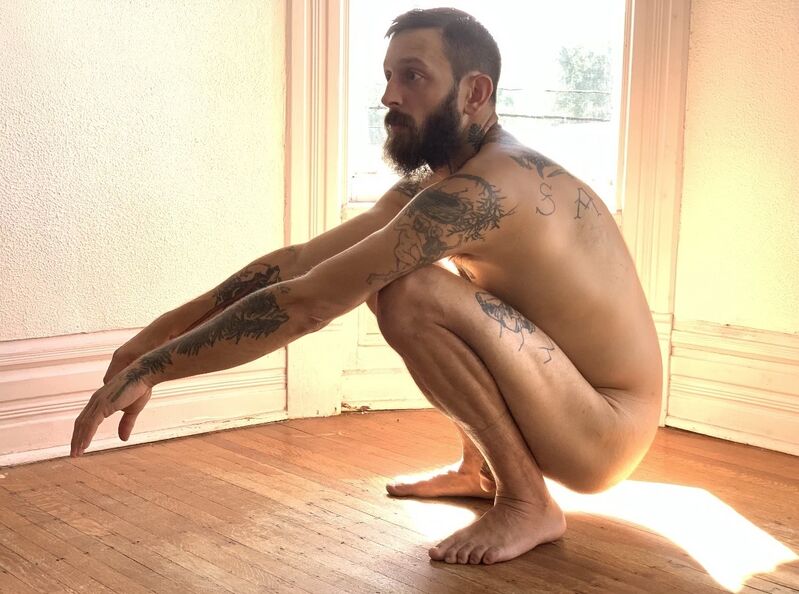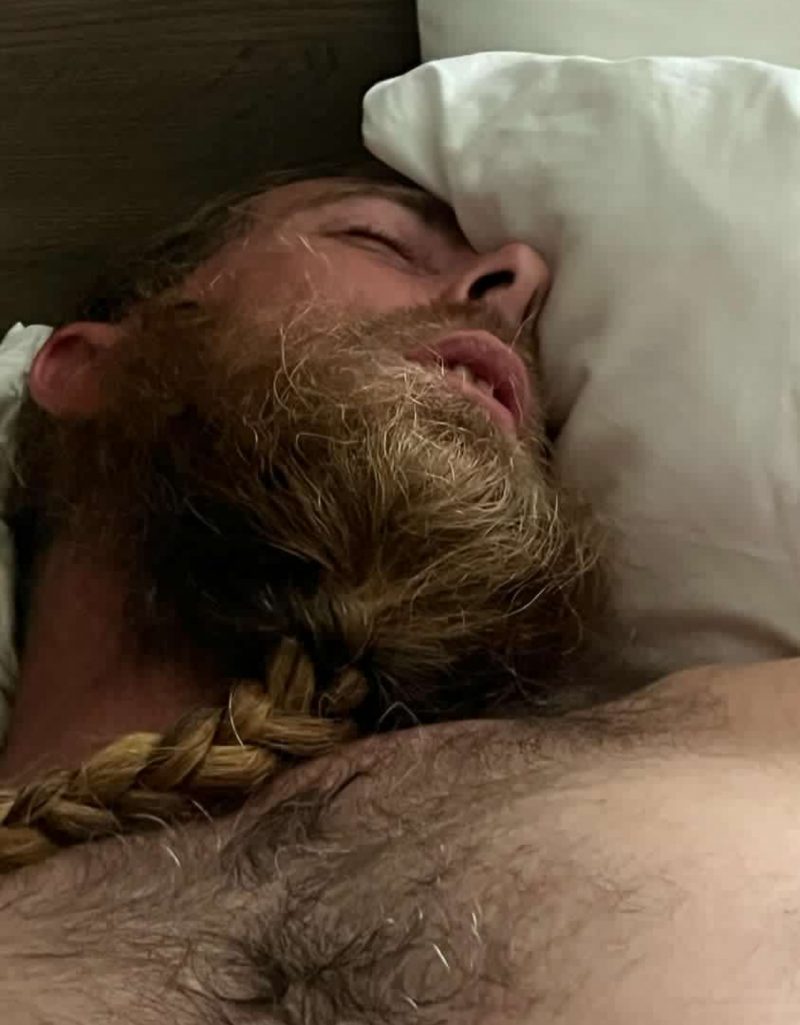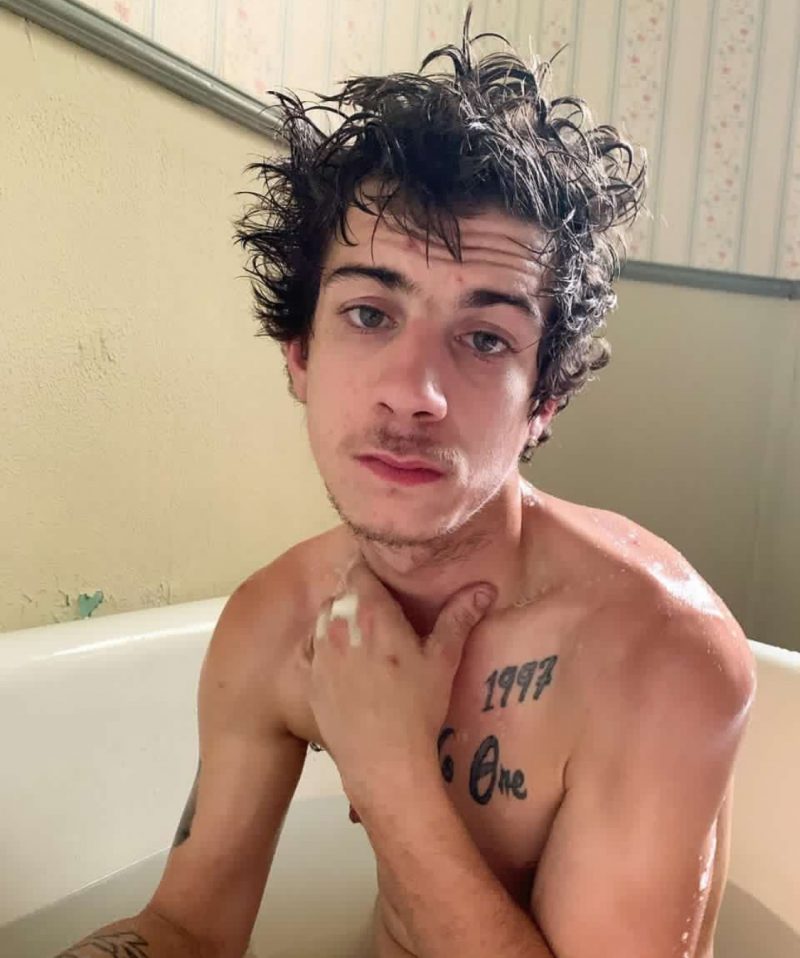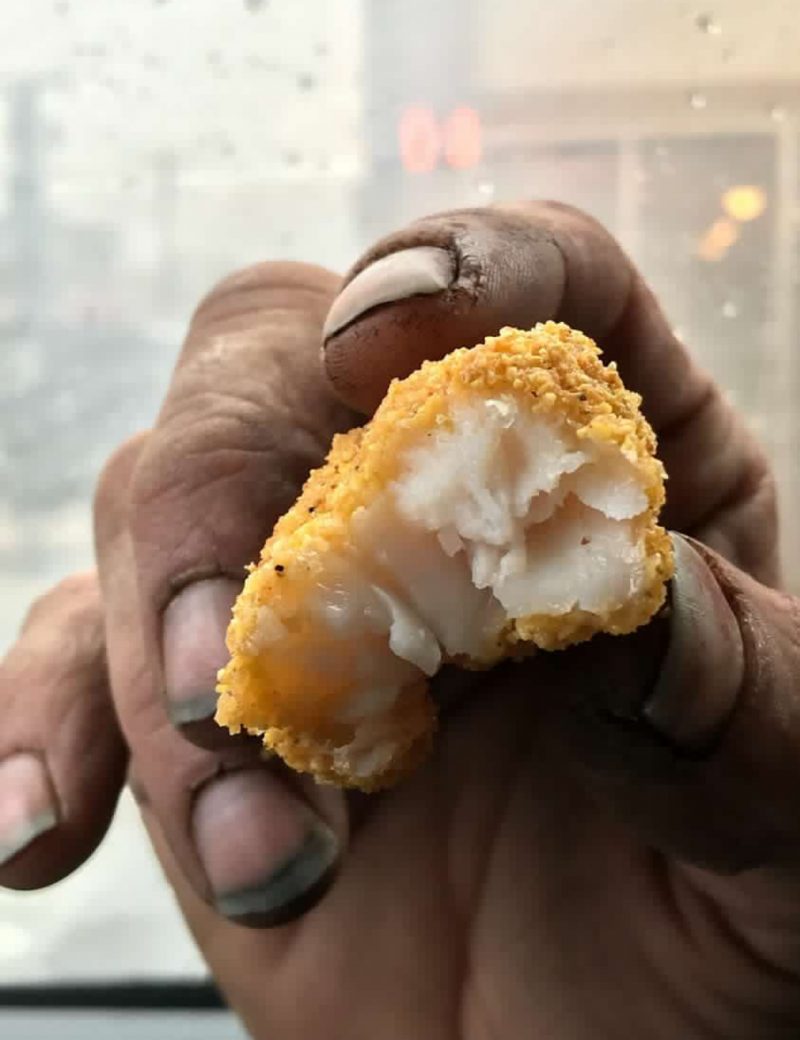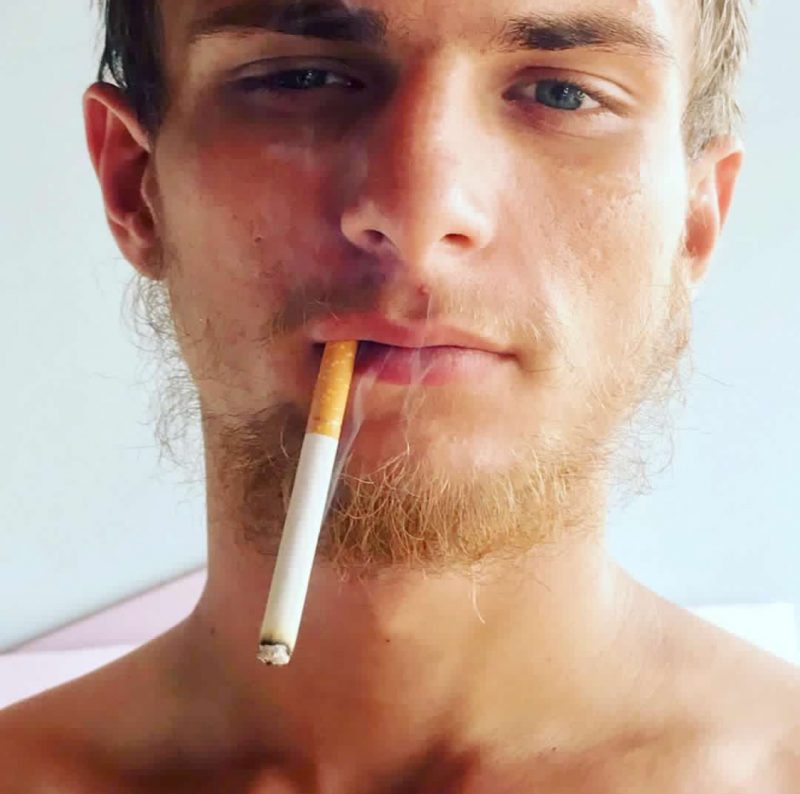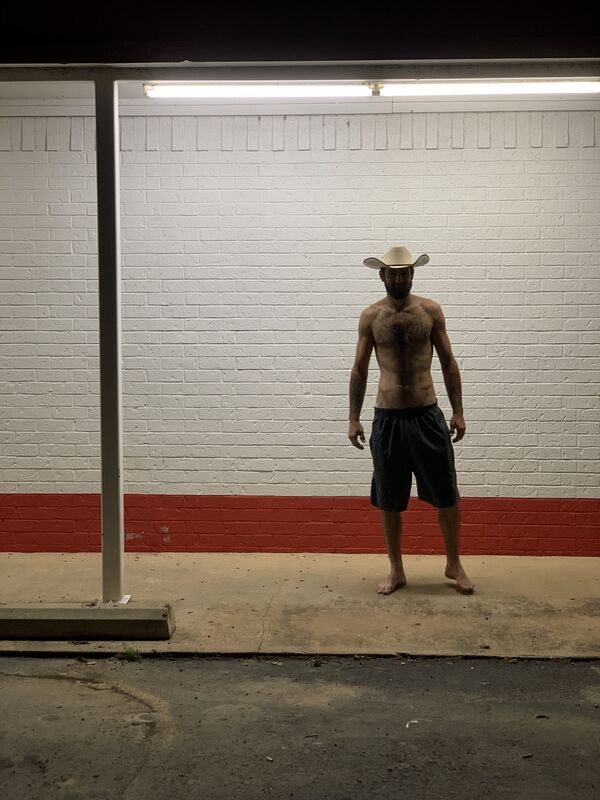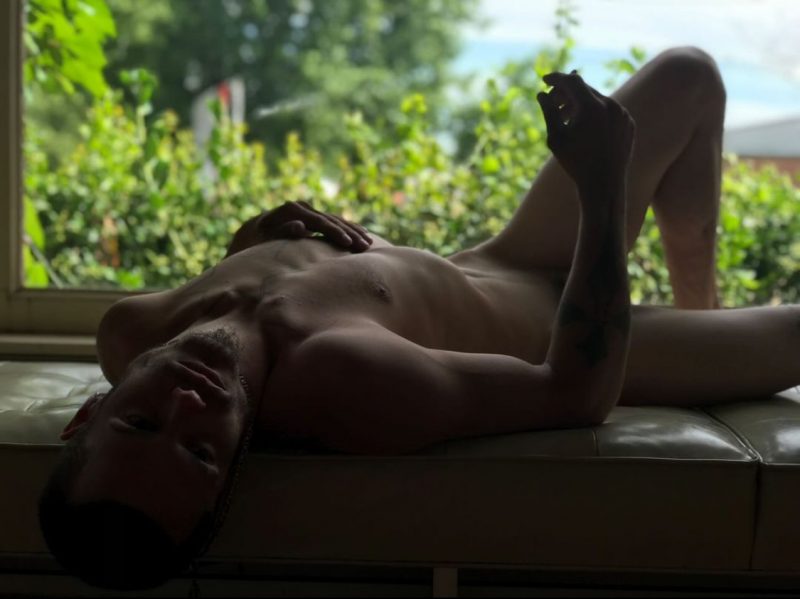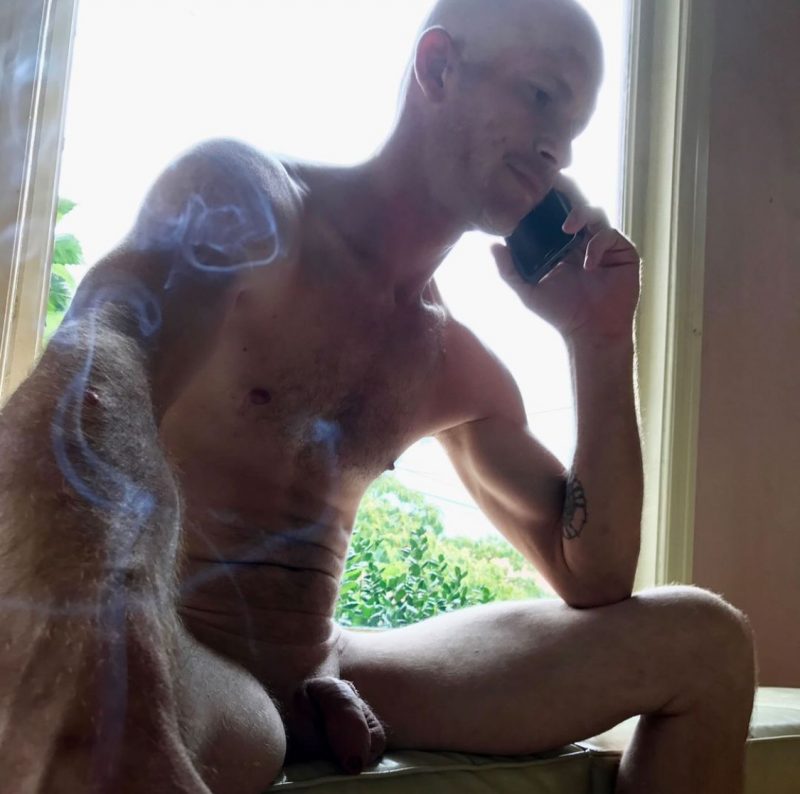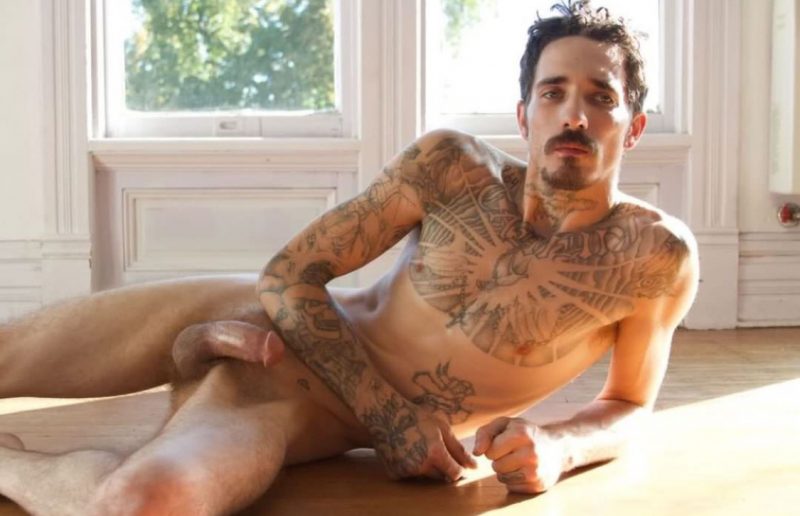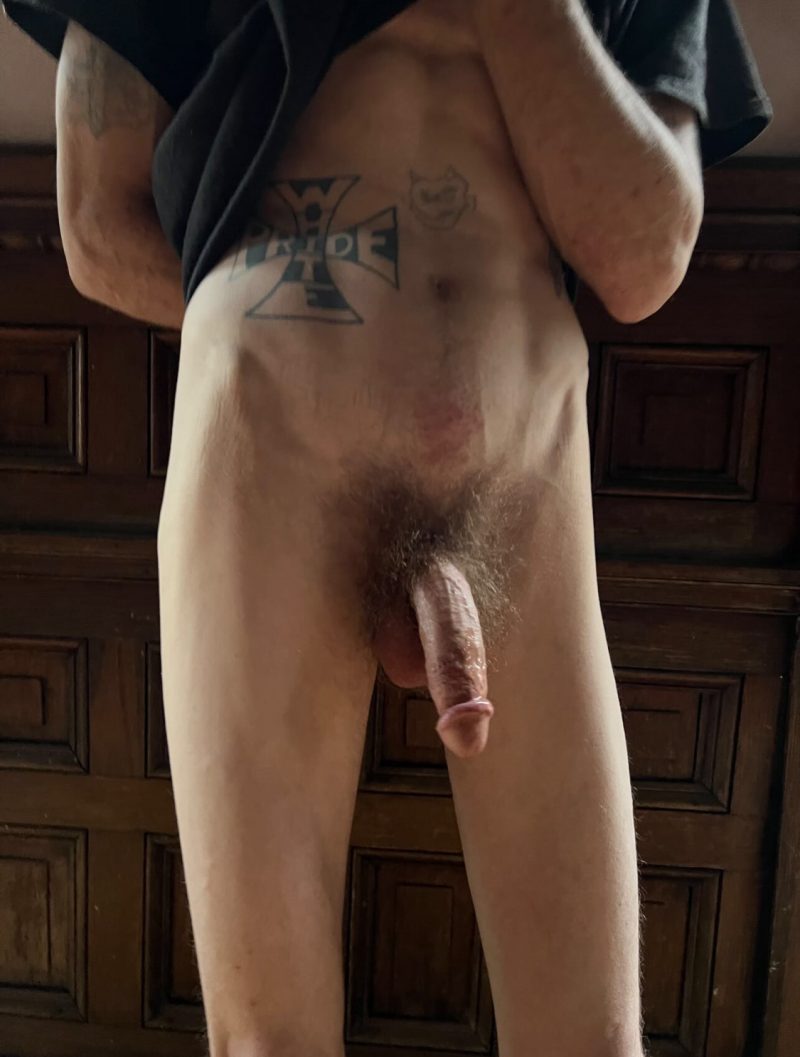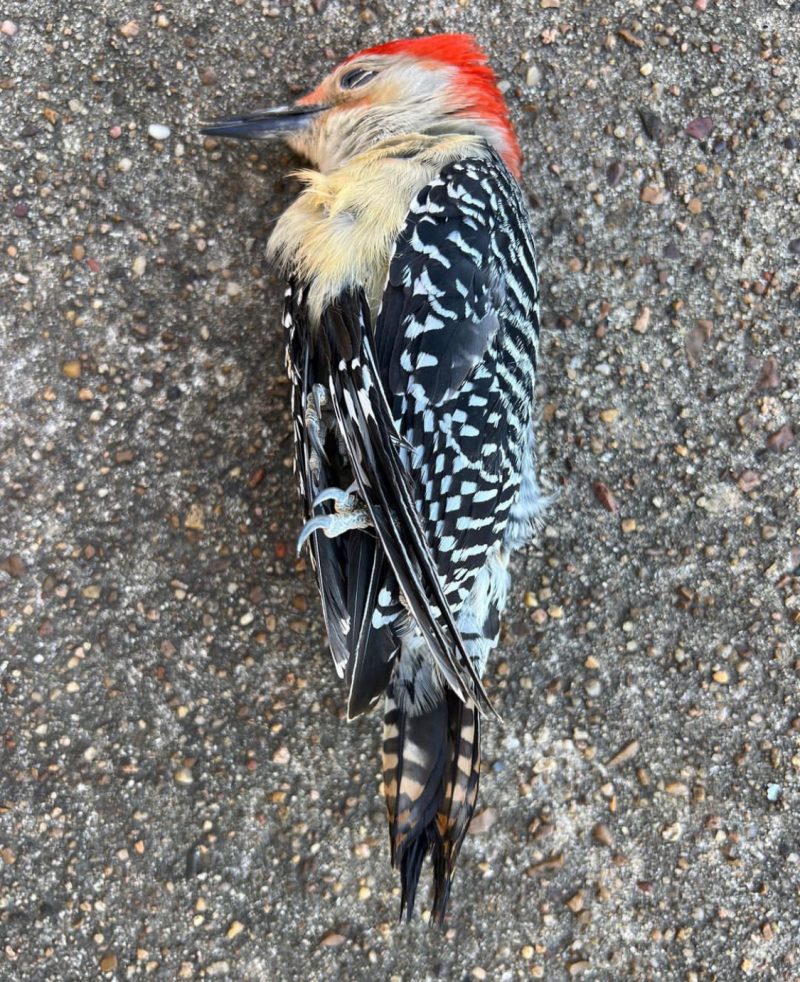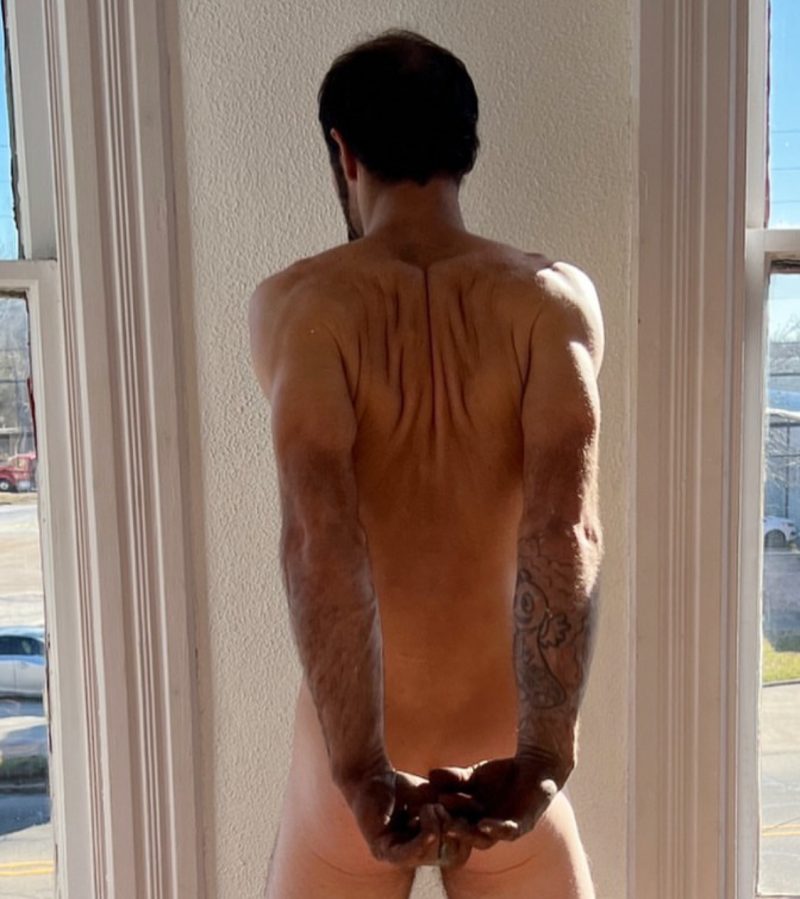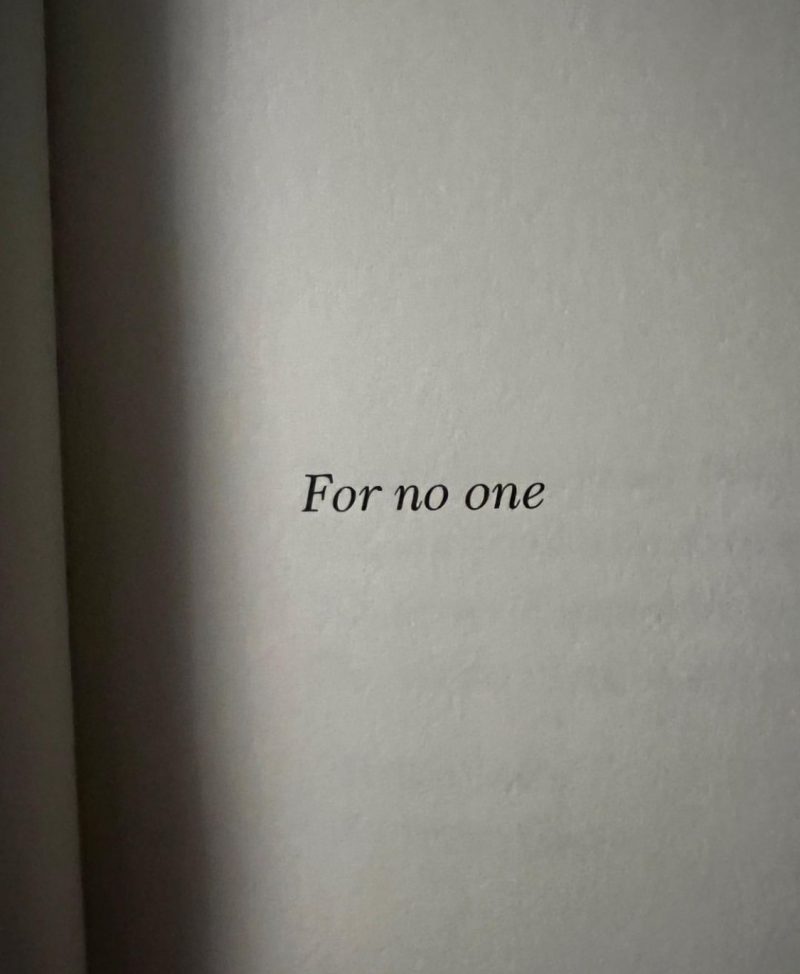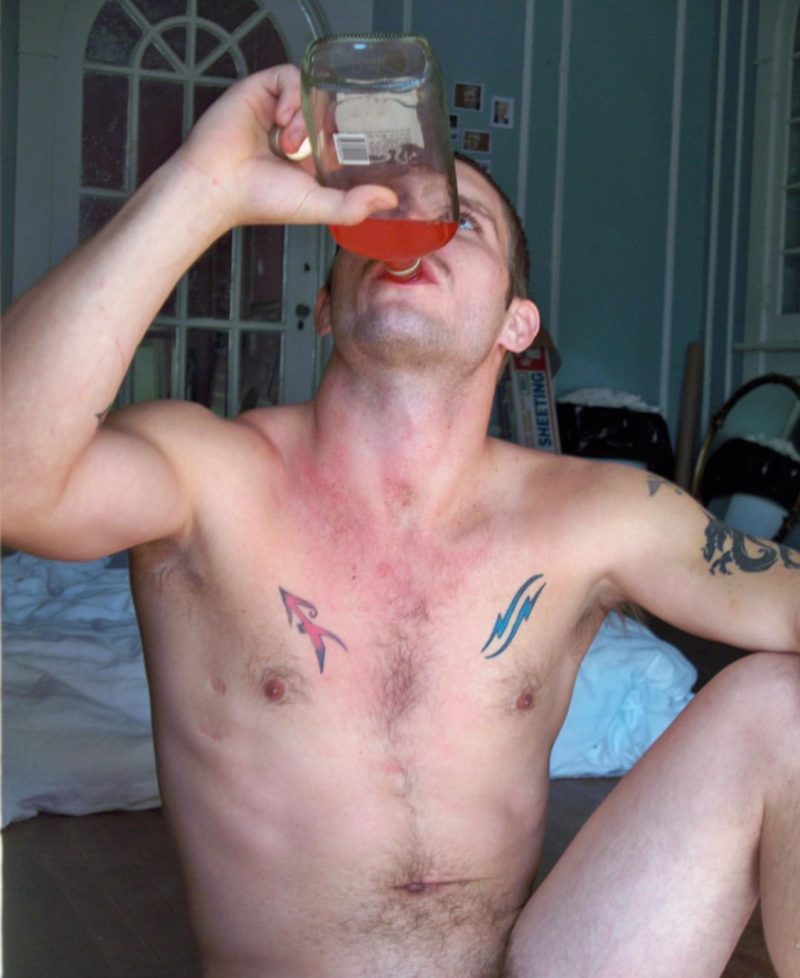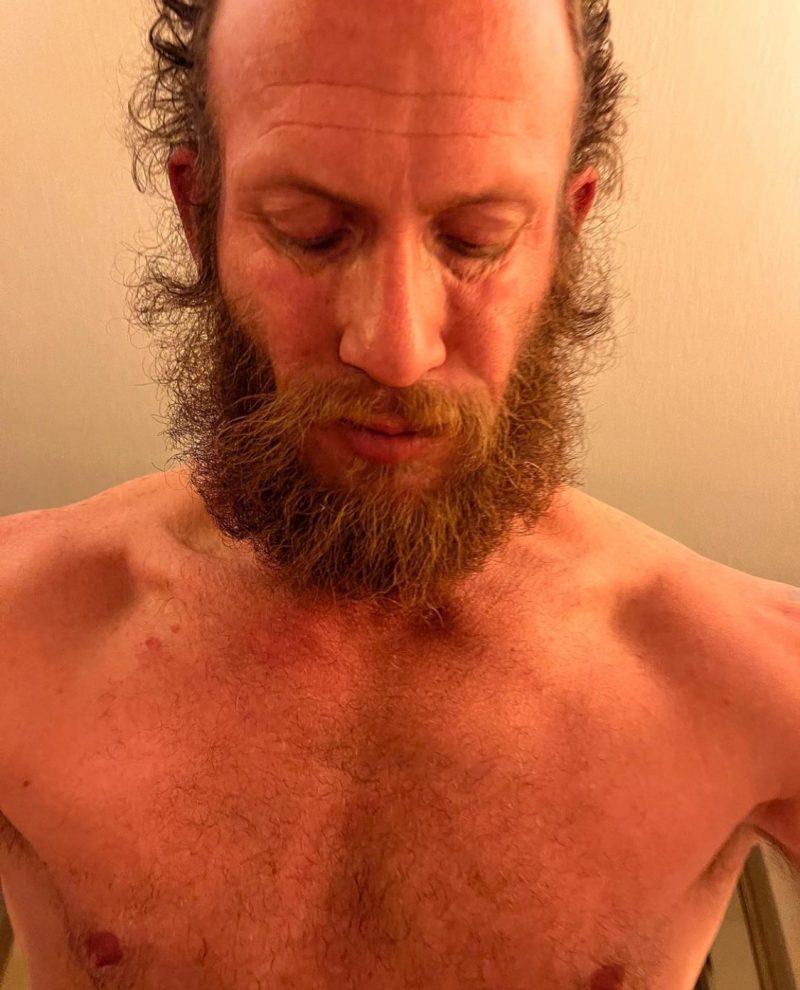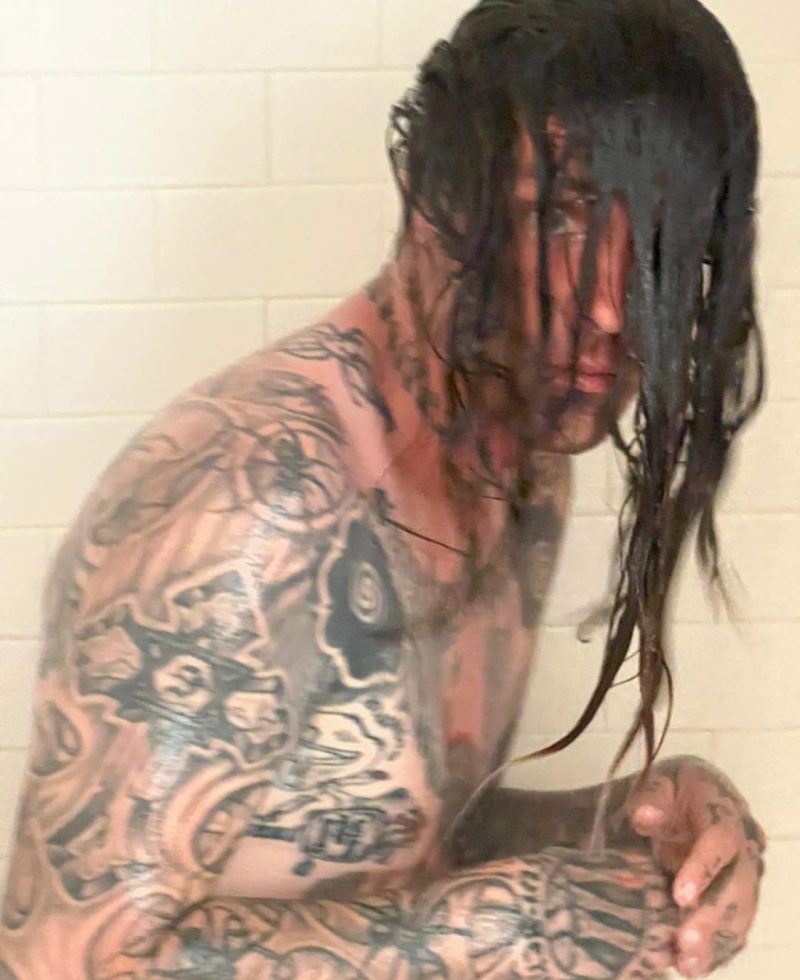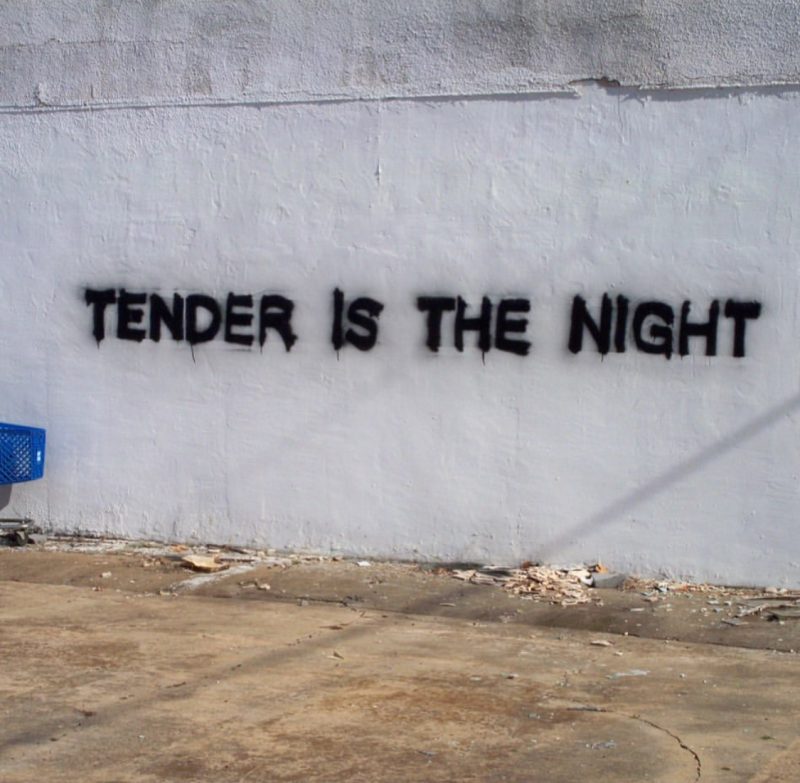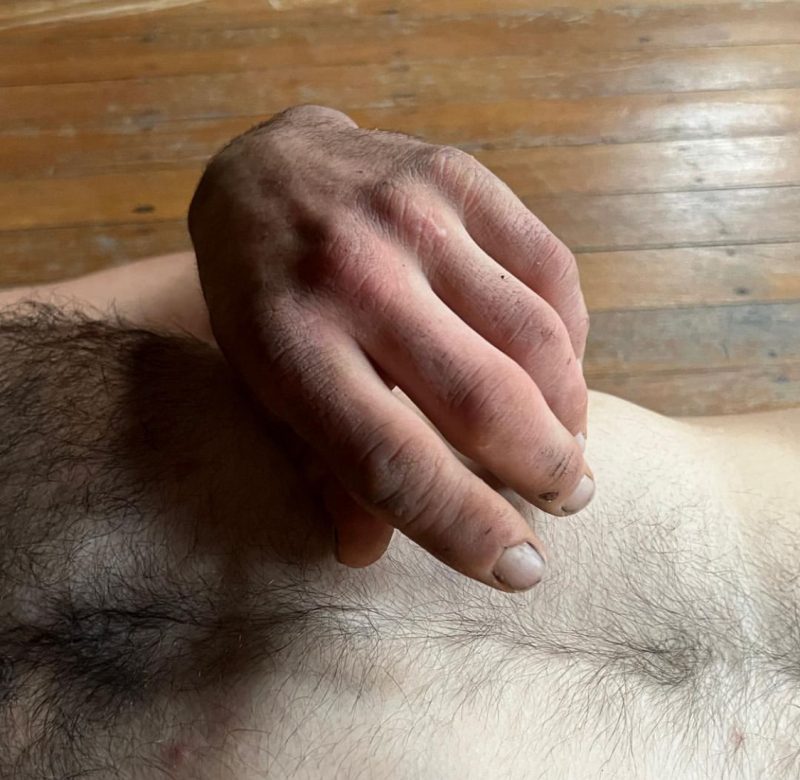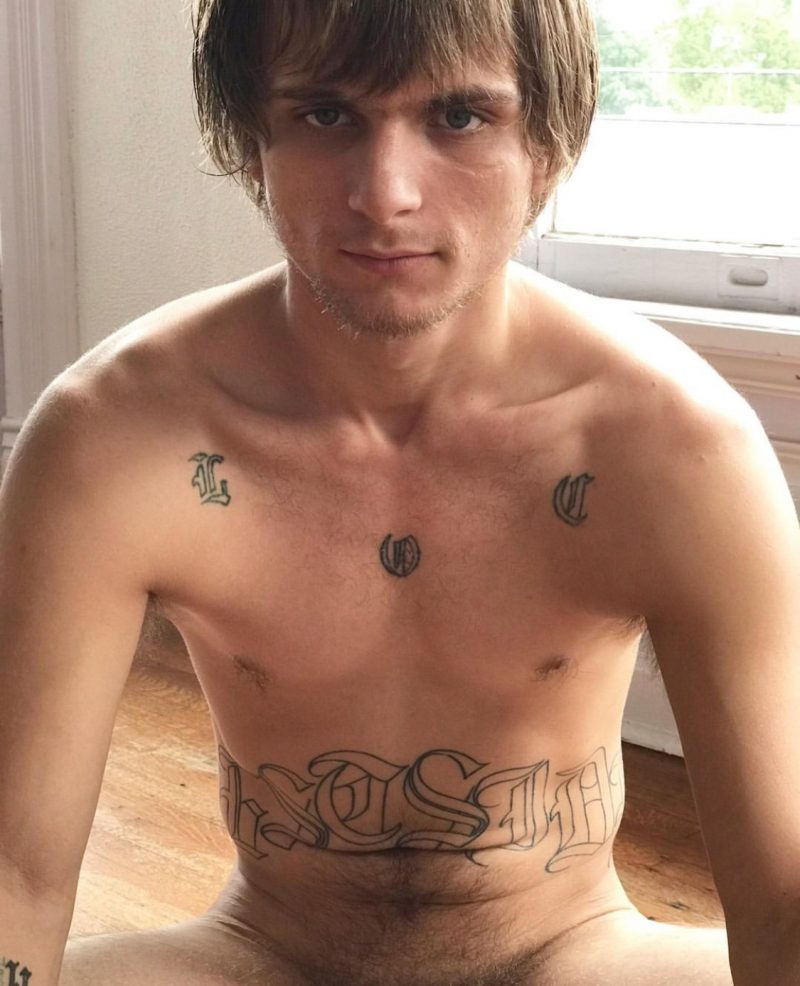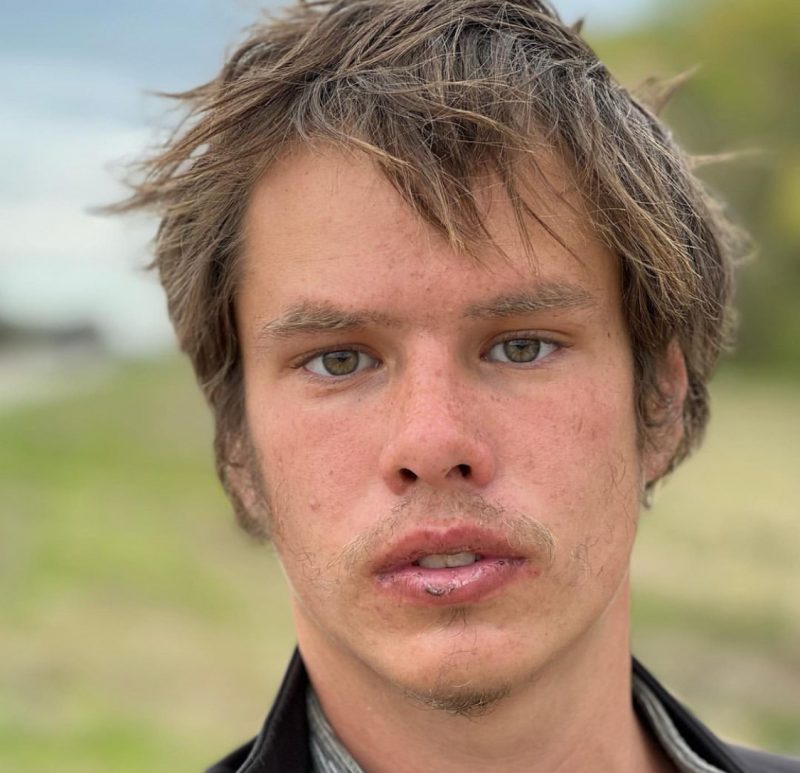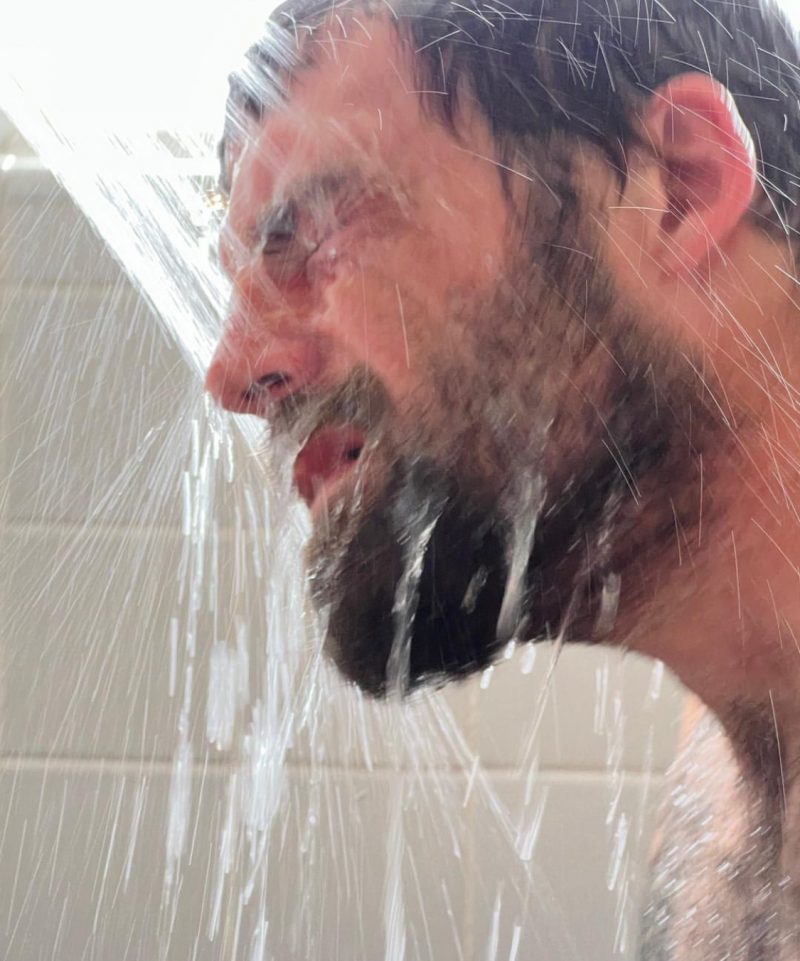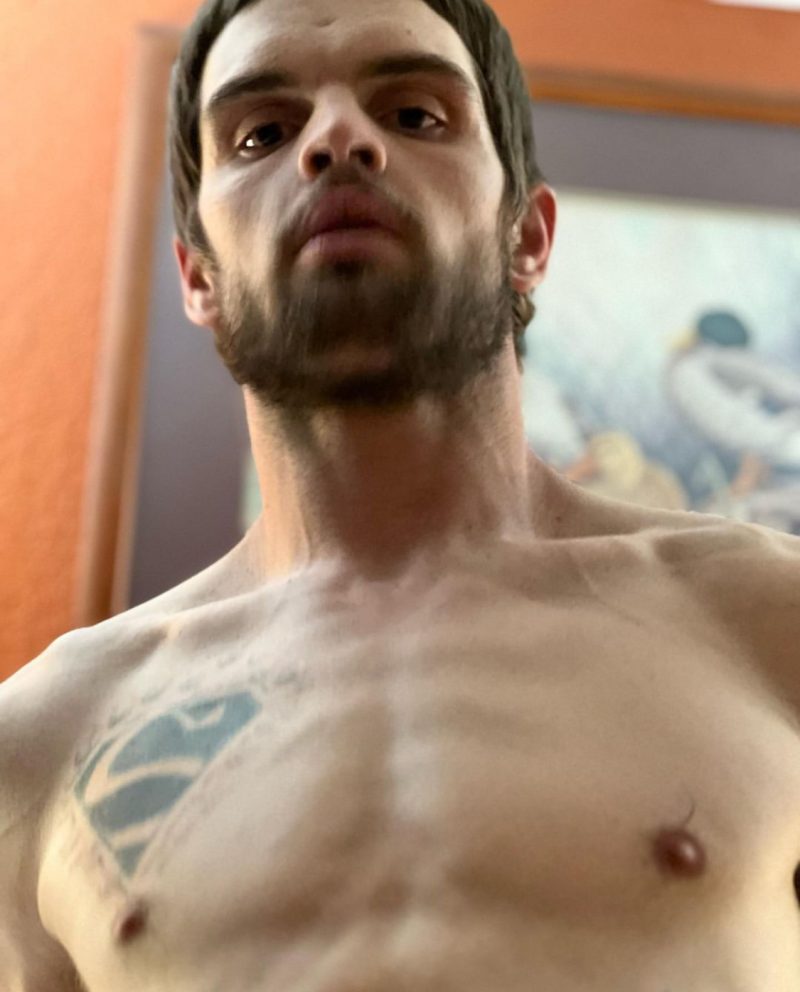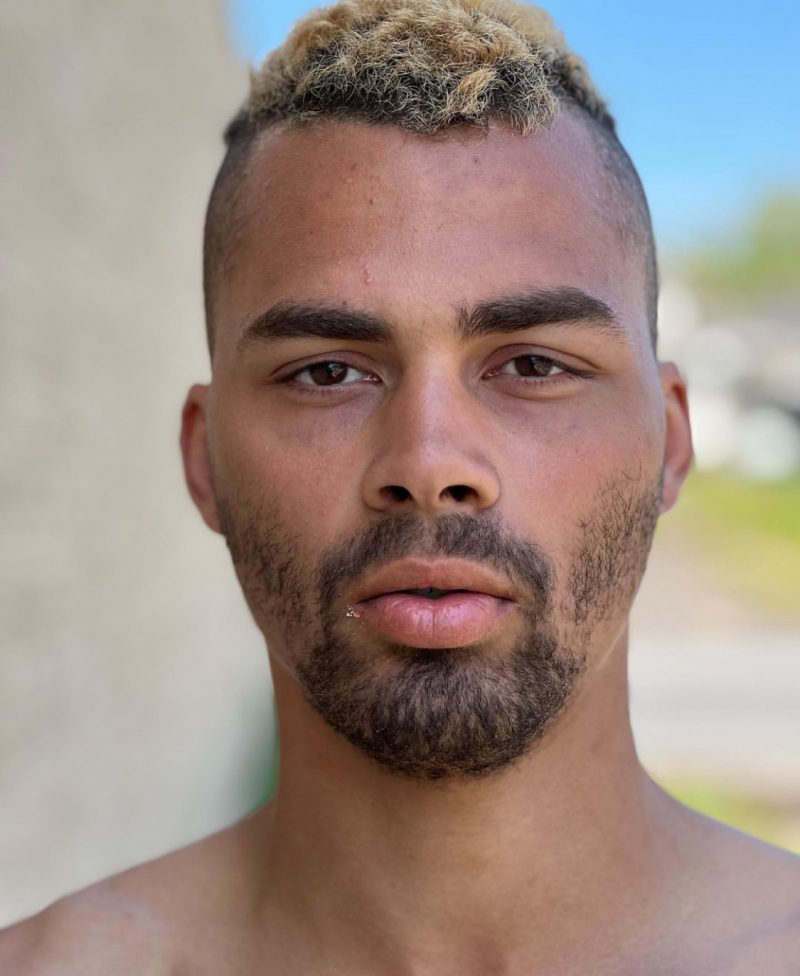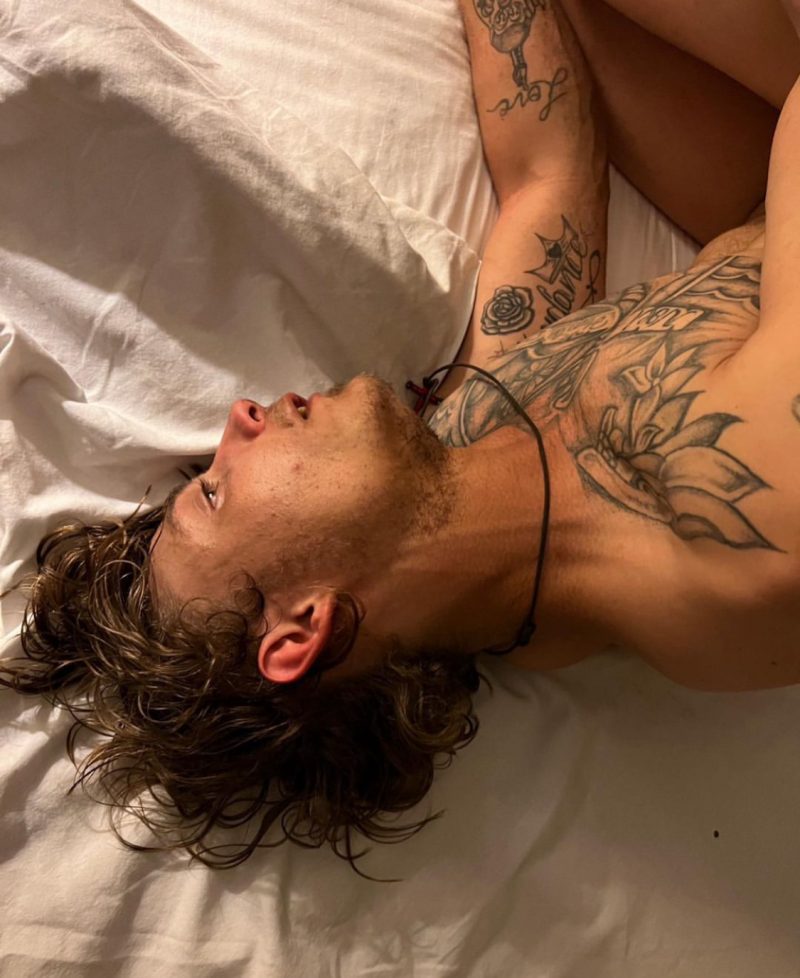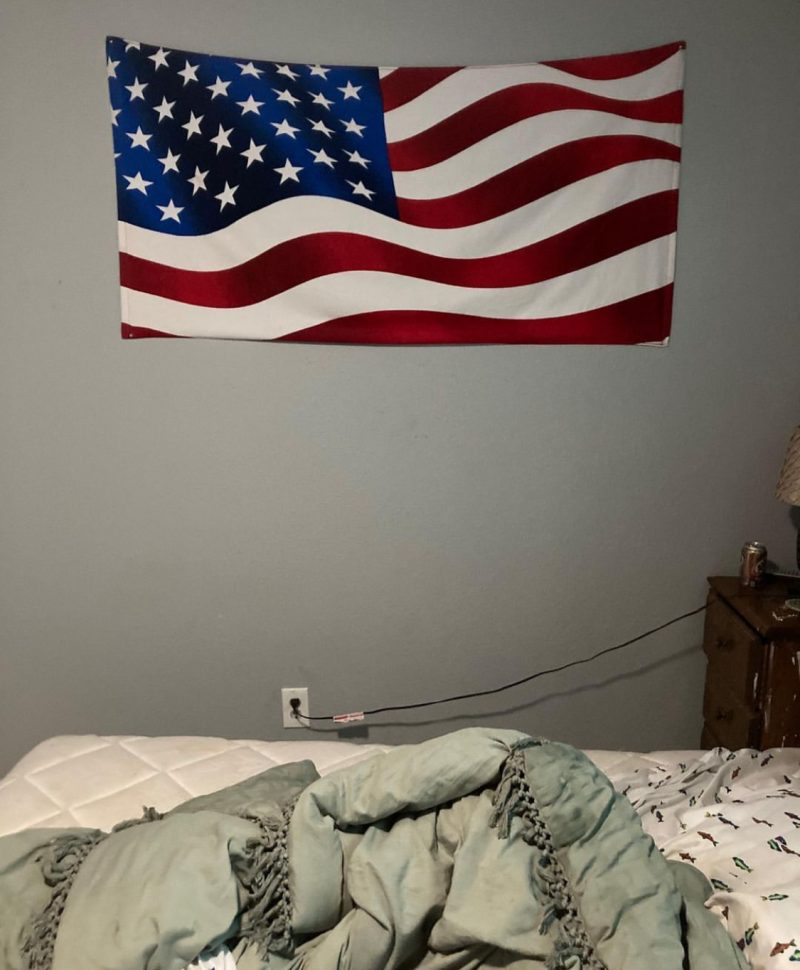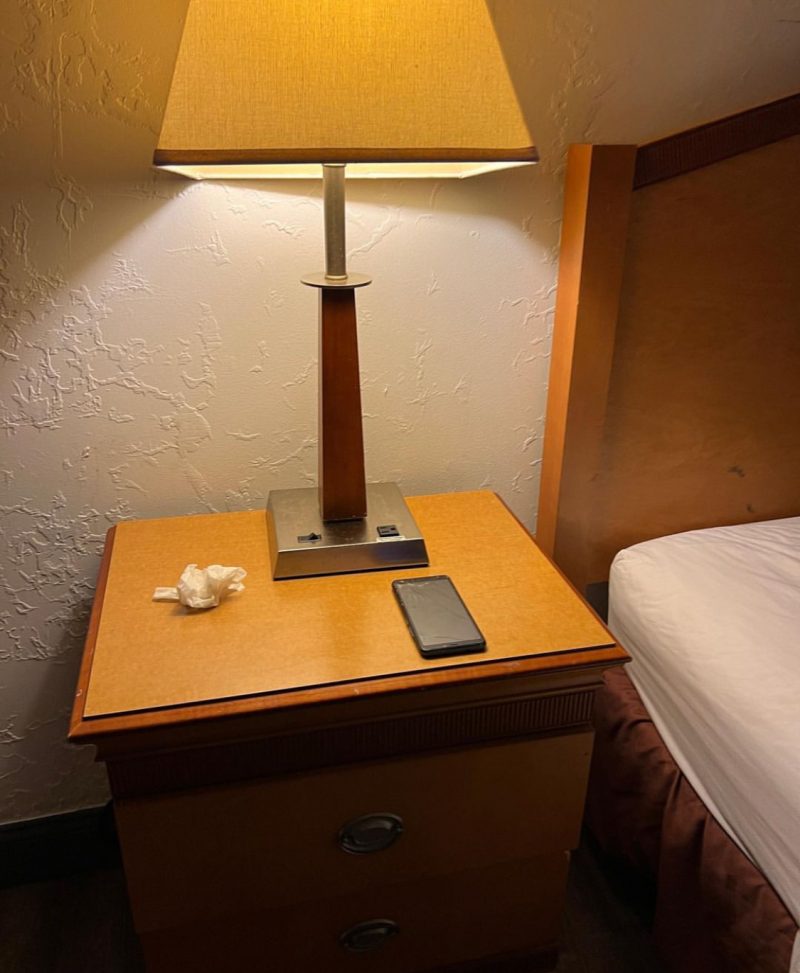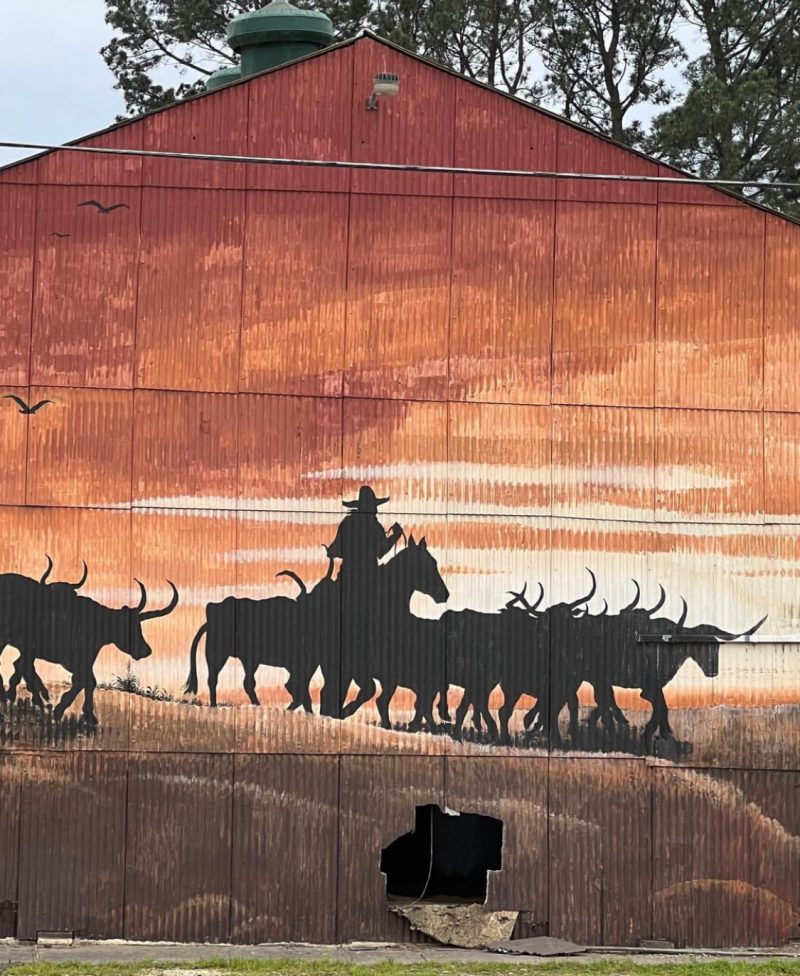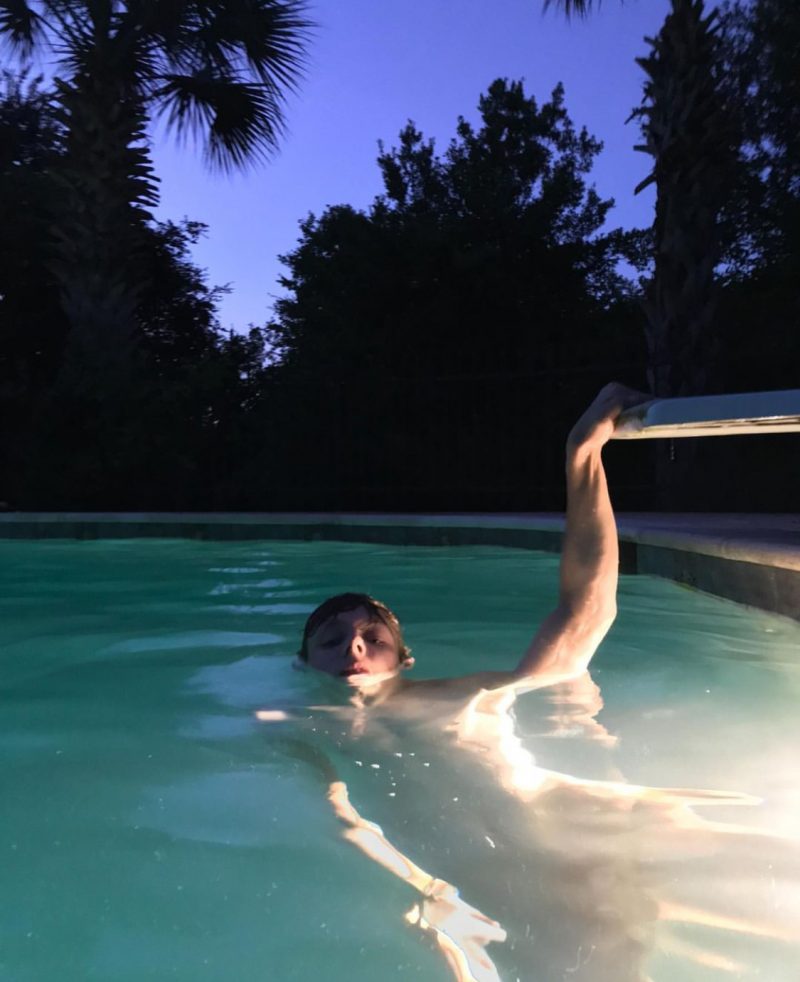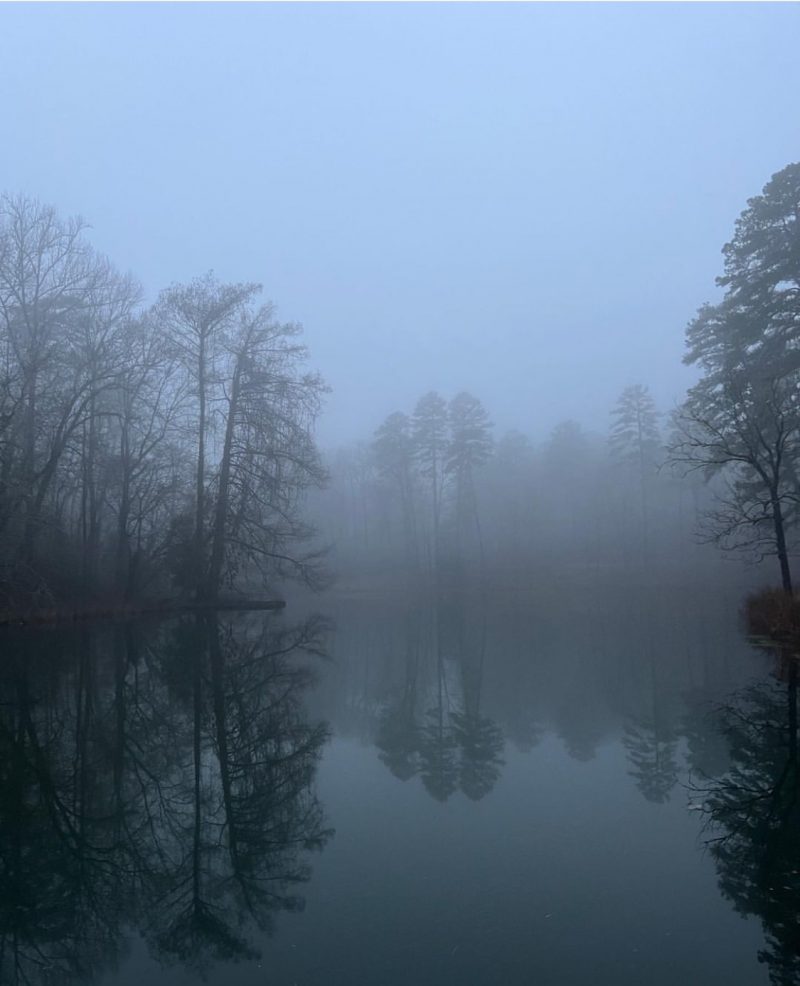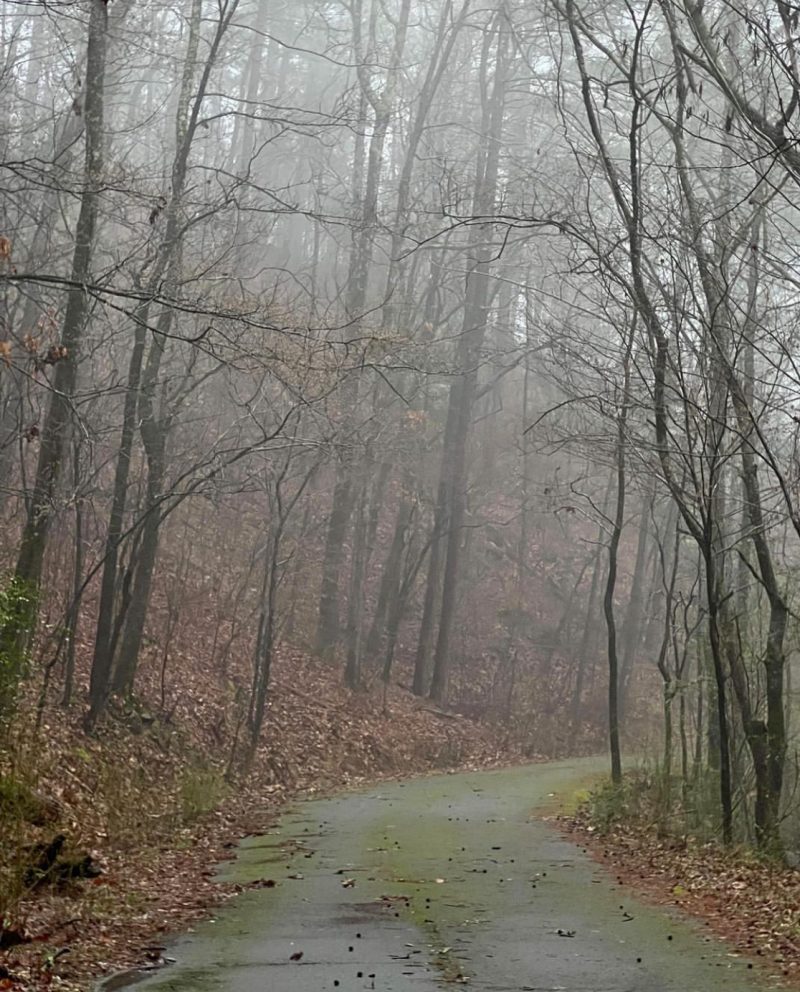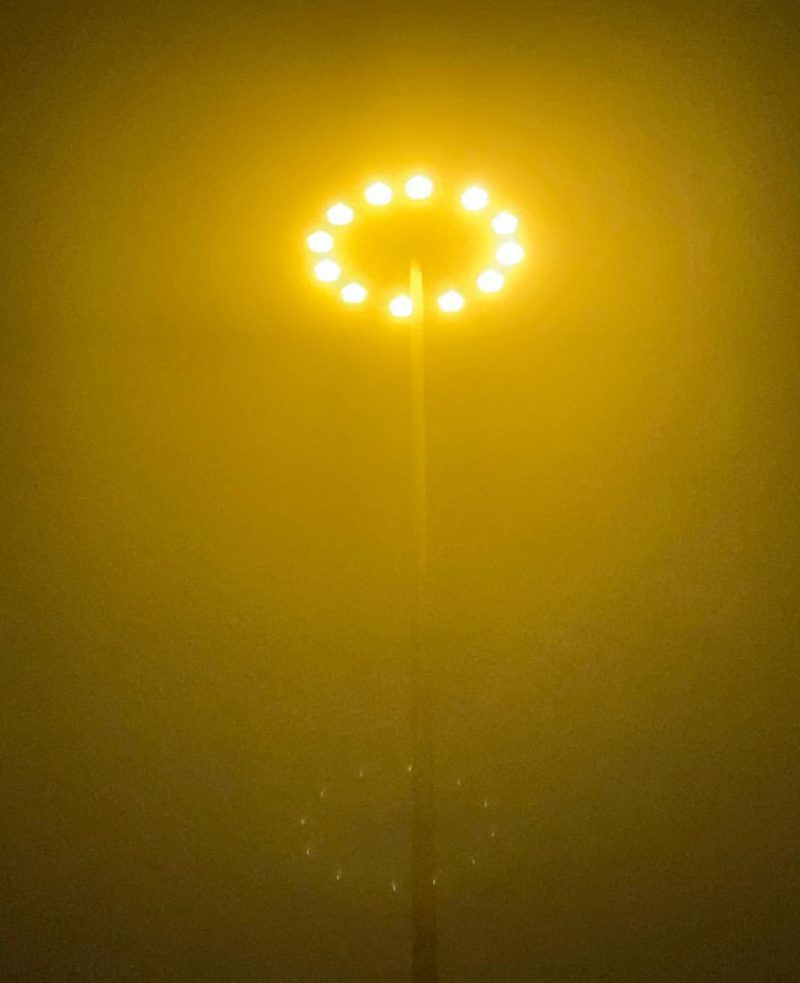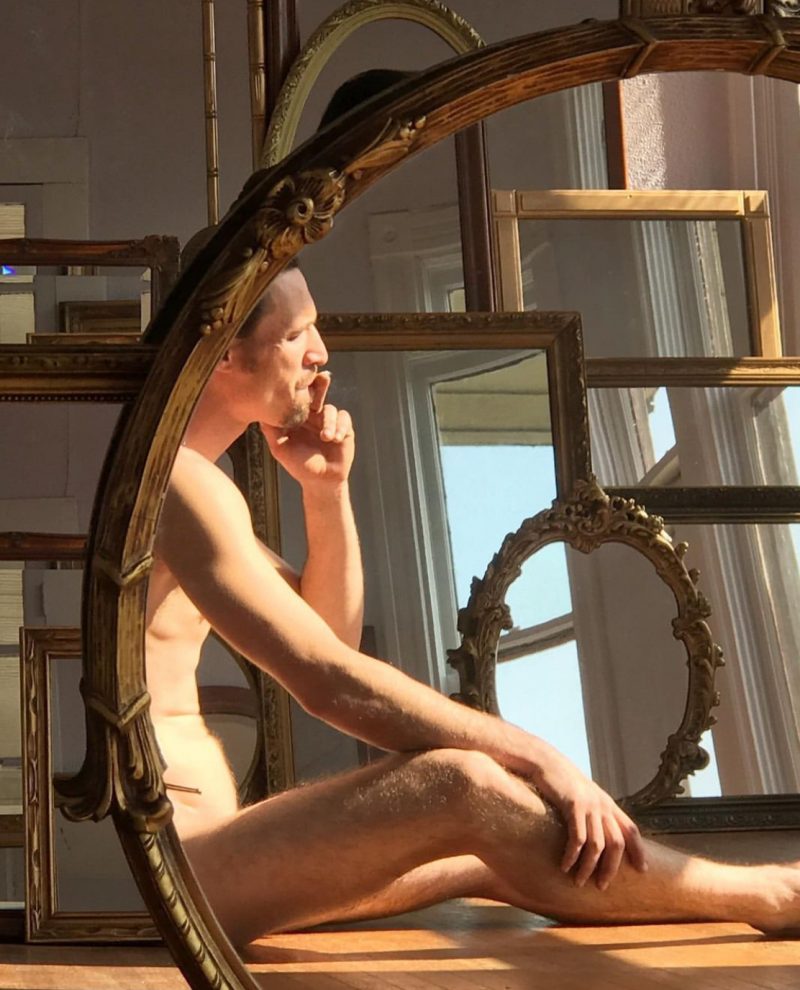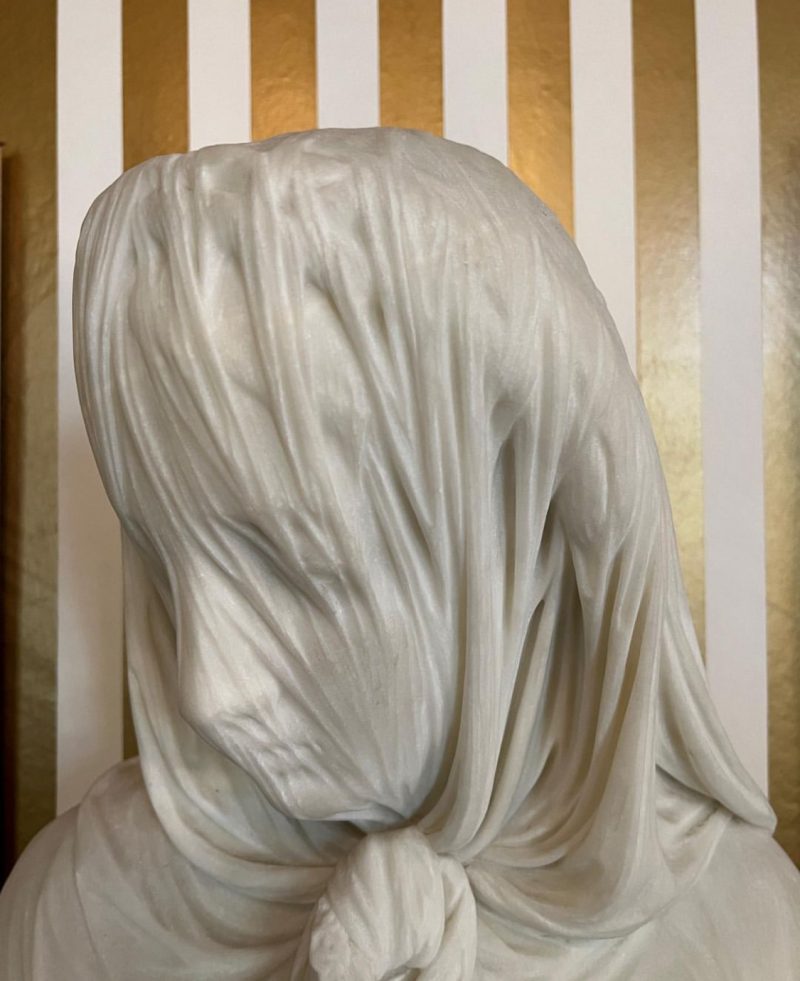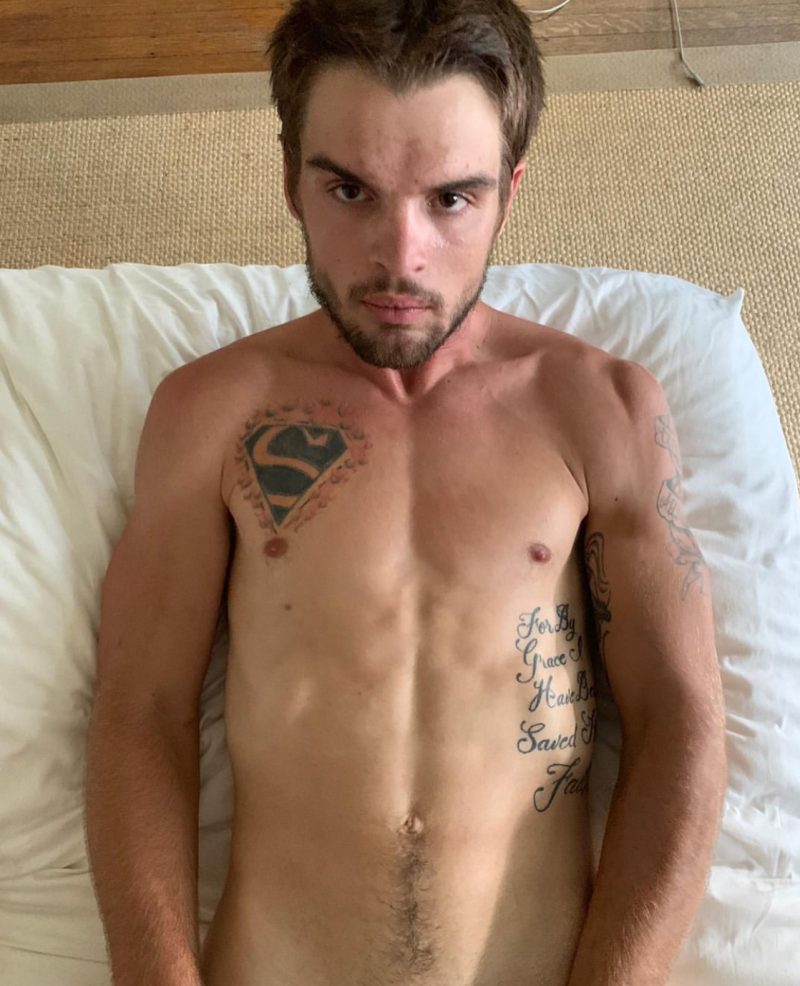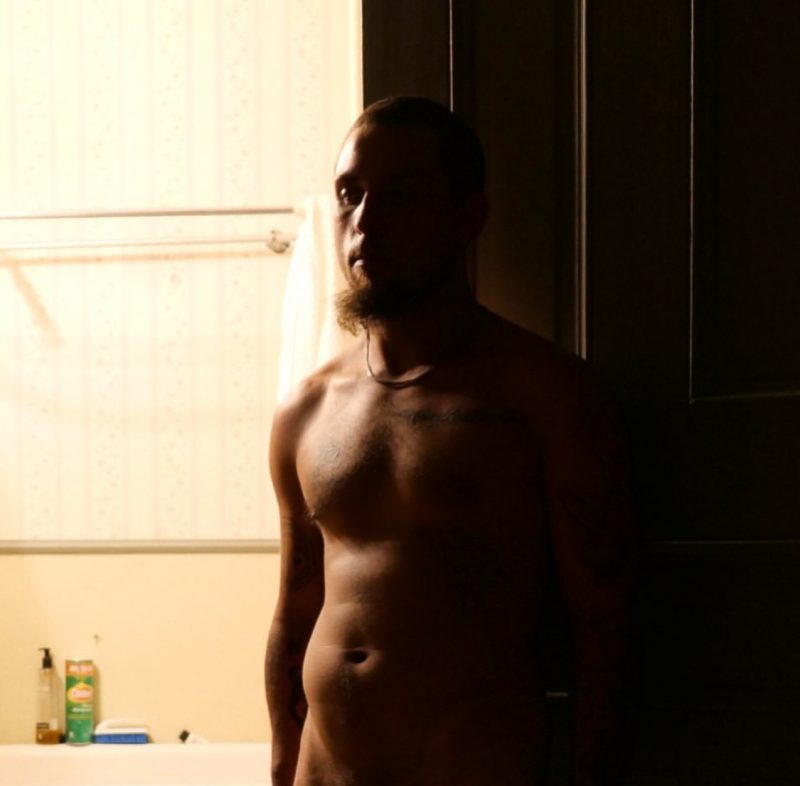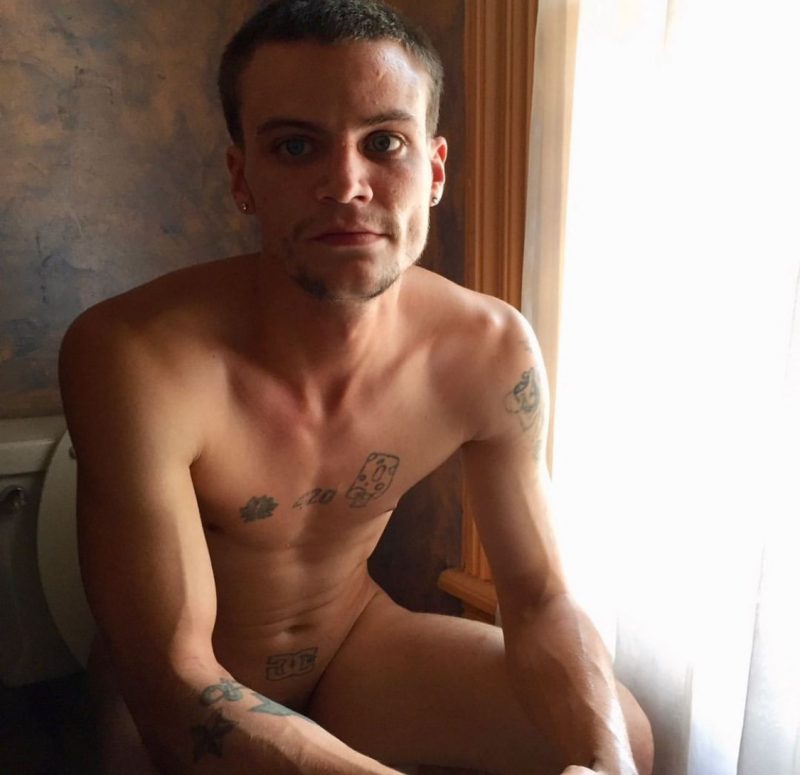Chivas Clem, Paris, Texas, USA
LIVES AND WORKS IN PARIS, TX.
A native of Paris Texas, Clem is a graduate from the prestigious Whitney Independent Study Program. During more than a decade in New York, Clem is known for launching the influential artists space The Fifth International, which championed the work of AaronCurry, Alex Bag, Jonathan Horowitz and others.
Clem’s work has been exhibited widely in the United States and Europe including Deitch Projects in New York, Dallas Contemporary, and Galerie Almine Rech in Paris. His work is in the collection of the Museumof Modern Art, The Centre George Pompidou in Paris, and private collections in the United States and Europe. Clem is currently represented by the Maccarone gallery in New York and Los Angeles.
A native of Paris Texas, Clem is a graduate from the prestigious Whitney Independent Study Program. During more than a decade in New York, Clem is known for launching the influential artists space The Fifth International, which championed the work of Aaron Young, Alex Bag, Jonathan Horowitz, Wade Guyton, Kelly Walker and others. Clem’s work has been exhibited widely in the United States and Europe including Deitch Projects in New York, Dallas Contemporary, and Galerie Almine Rech in Paris. His work is in the collection of the Museum of Modern Art, The Centre George Pompidou in Paris, and private collections in the United States and Europe.
Artist Statement:
After living in NYC for 12 years Chivas Clem moved back to Paris, Texas, his hometown near the border of Oklahoma. His multidisciplinary practice started to focus on documenting his relationship with a group of so-called “rednecks” -rough rural white men indigenous to NE Texas. Much in the same vein as Larry Clark, Clem entered their world. He began to hire them at the studio and they allowed him total access to their world- he shot them naked, getting stoned, sleeping, smoking, bathing. Feral and dissolute, but also sensitive and gentle, the sitters’ aggressive exterior functions as a kind of emotional camouflage. While many of them are felons, addicts, and drifters- the subjects exude a mien of both corruption and innocence and he imbues this ambivalence with a rough sensuality and pathos. The small gestures of an arched back or a sun-kissed neckline trace the outline of these precarious bodies. The effete exterior hides an opaque fragility – fierce, searching, and stark. Clem saw in this unexamined subculture a connection to the myths of the rugged masculinity of the “cowboy”, now devolved into something more bitter and tumultuous- certainly connected to more socio-political themes around the rise of fascism in America. Portraits and nudes of his models are mixed in with images of broken phones, dirty hands, and wilting magnolias, tropes of the decaying south, often shot against the backdrop of a victorian property that has become his makeshift studio.
Clem has said “I grew up gay in this place -a small town in the deep south, and these were the kinds of men that made my childhood miserable. Now they are the only people I relate to, as I see them as outsiders themselves. Perhaps the twin feelings of desire and fear that gave them so much psychic power in my youth is the origin of this fascination.” Clem’s bond with his sitters became so strong he did not return to NYC.
There is a deep south colloquialism for a relationship that supersedes friendship. “Shirttail Kin” is someone you are kin to by affection not by blood. Clem returned to his hometown to discover his new kin- his “Shirttail Kin”. These are the pictures he took of them.
Exhibitions:
2021
ART IN REVIEW; Chivas Clem
Feb. 6, 2004
Gallery Maccarone
45 Canal Street, Lower East Side
Through Feb. 22, 2004
Mass media celebrity is a phenomenon so fantastic and bizarre that art can do nothing more effective with it than frame existing images, as Chivas Clem does in this mordant solo show. Most of his images are photographs culled from journalistic sources and gain a certain weight and mystery recycled in a gallery setting.
A woman who looks blindfolded or veiled — she brings to mind figures dressed in burkas or the mourning Jacqueline Kennedy — is actually Monica Lewinsky, her face obscured by a baseball cap bill. A newspaper photograph of a captive Taliban hangs beside an auction catalog reproduction of Andy Warhol’s portrait of O. J. Simpson. In both pictures the subjects are bearded and stare intently into the camera, and their pairing stirs up interesting ideas about the slipperiness of categories like aggressor and victim.
Criminality is a recurrent subtext in the show, linked to homosexuality and art. A photographed portrait drawing of the serial killer Jeffrey Dahmer incorporates a drawing of van Gogh’s ear. A shot of art books on shelves was taken in the apartment of Andrew Cunanan, the murderer of Gianni Versace. Mr. Clem gives the title ”Self Portrait” to a film still of the transvestite killer from the film ”Silence of the Lambs.”
And he appears himself in the show’s one video, where he is seen hurling himself into the path of a subway train. The video is a shrewd update on the famous photograph of the artist Yves Klein apparently performing a suicidal swan dive from a rooftop. It is also an enactment of a subway suicide that Mr. Clem witnessed last summer. In his film version, a terrible act of real-life self-destruction is replayed as a fiction within a fiction on a much-diminished contemporary version of the silver screen.
